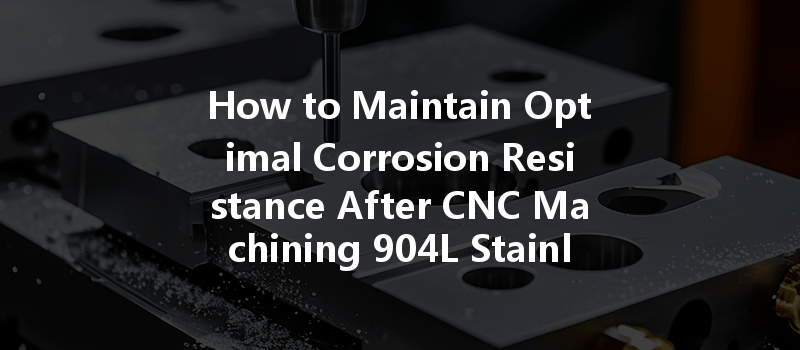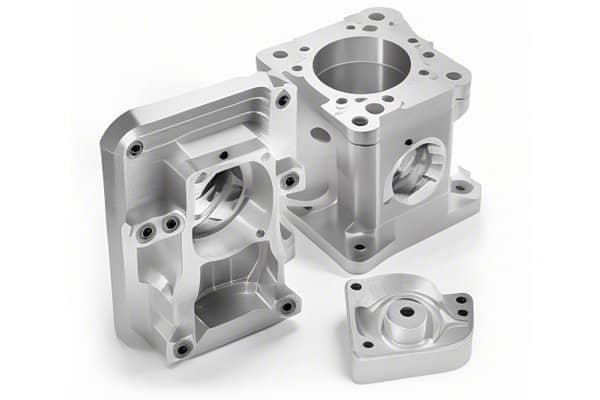Did you know that 904L stainless steel is known for its exceptional resistance to corrosion, particularly in aggressive environments? This type of alloy is widely utilized in industries such as chemical processing, oil and gas, and pharmaceuticals due to its ability to withstand acidic conditions and chloride pitting. However, the benefits of 904L stainless steel can be significantly compromised if proper care is not taken during and after the CNC machining process. In this blog post, we will explore effective strategies to ensure that the corrosion resistance of 904L stainless steel remains intact, thus maximizing its service life and performance.
Understanding 904L Stainless Steel
What is 904L Stainless Steel?
904L stainless steel, a low-carbon high alloy austenitic stainless steel, contains nickel, chromium, molybdenum, copper, and nitrogen. This combination of metals gives it superior resistance to pitting and crevice corrosion compared to other stainless steel variants. The high nickel content provides excellent flexibility and ductility, making it suitable for various fabrication processes, including CNC machining.
Corrosion Resistance Features
The corrosion resistance of 904L stainless steel is a result of its unique chemical composition. It features:
Such properties make 904L a top choice for applications dealing with corrosive elements.
The CNC Machining Process for 904L Stainless Steel
Challenges During Machining
Machining 904L stainless steel can present several challenges, such as:
Key Strategies to Maintain Corrosion Resistance During Machining
To preserve the corrosion resistance of 904L stainless steel during CNC machining, implement the following strategies:

Post-Machining Treatments to Ensure Corrosion Resistance
Importance of Post-Machining Treatments
After CNC machining, ensuring the corrosion resistance of 904L stainless steel is imperative. The surfaces may become compromised due to heat, mechanical stress, or contamination. Below are critical post-machining strategies:
**
The combination of proper machining techniques and effective post-machining treatments is paramount to maintaining the corrosion resistance of 904L stainless steel. Techniques such as using appropriate cutting tools, optimizing machining parameters, and implementing cooling strategies can drastically minimize potential corrosion risks. Furthermore, procedures like passivation and thorough cleaning further enhance corrosion resistance, ensuring the longevity and reliability of the components.
In industries where 904L stainless steel is critical for functioning, ensuring its corrosion resistance post-CNC machining is not just a matter of efficiency but a necessity for safety and performance. By adhering to these guidelines, organizations can significantly extend the life of their components, ultimately leading to cost savings and improved operational reliability. As the demand for stainless materials continues to grow, it is crucial to invest in knowledge that supports proper handling and processing of these valuable resources. Keeping these points in mind will help in safeguarding the integrity of their applications in challenging environments.






